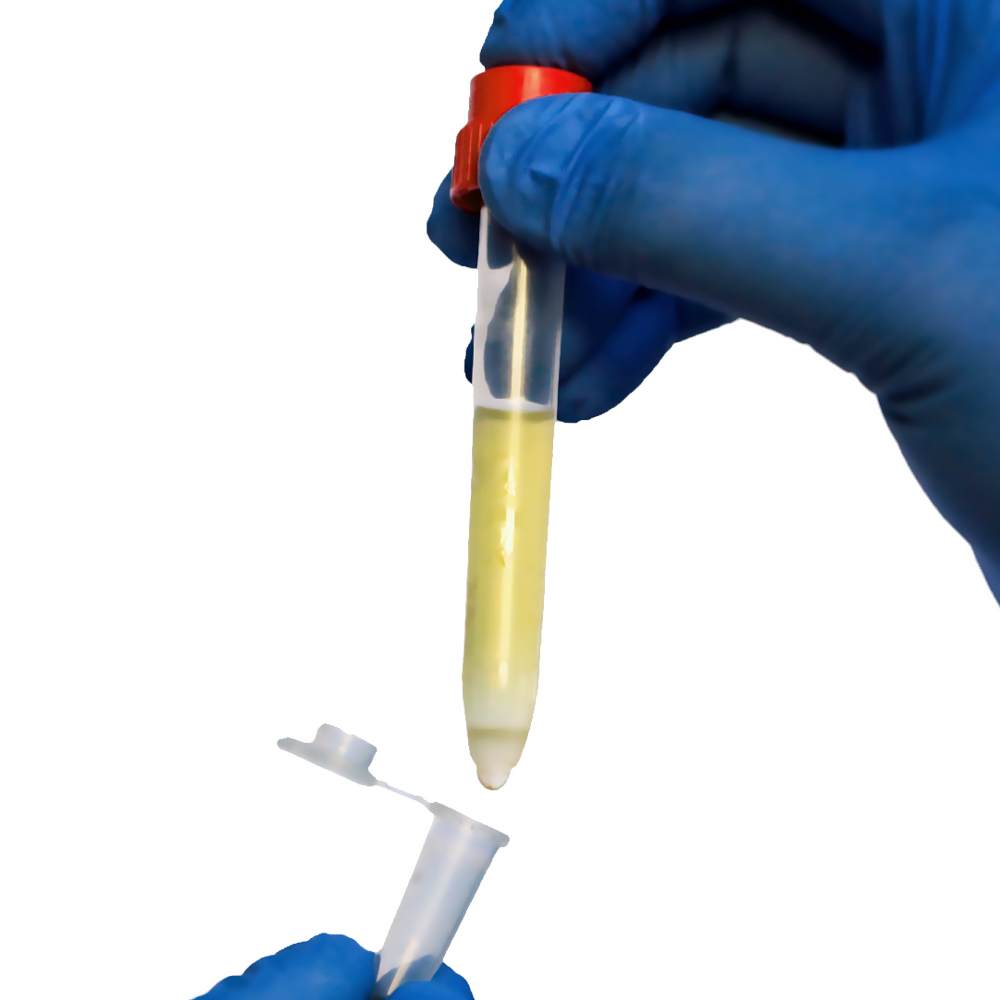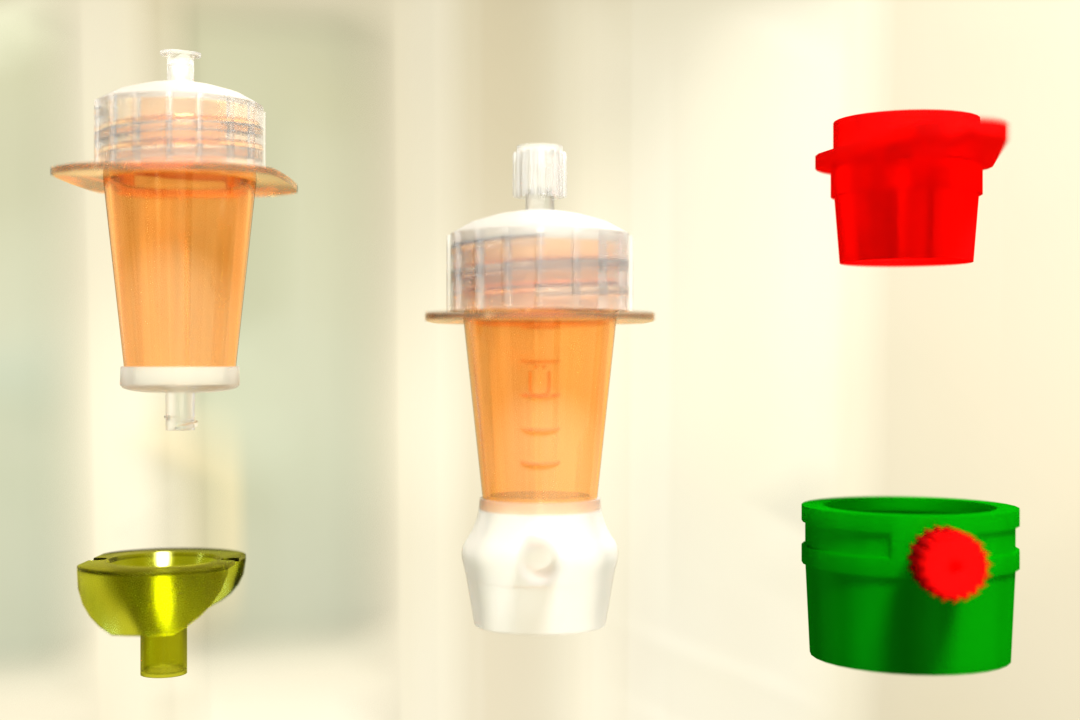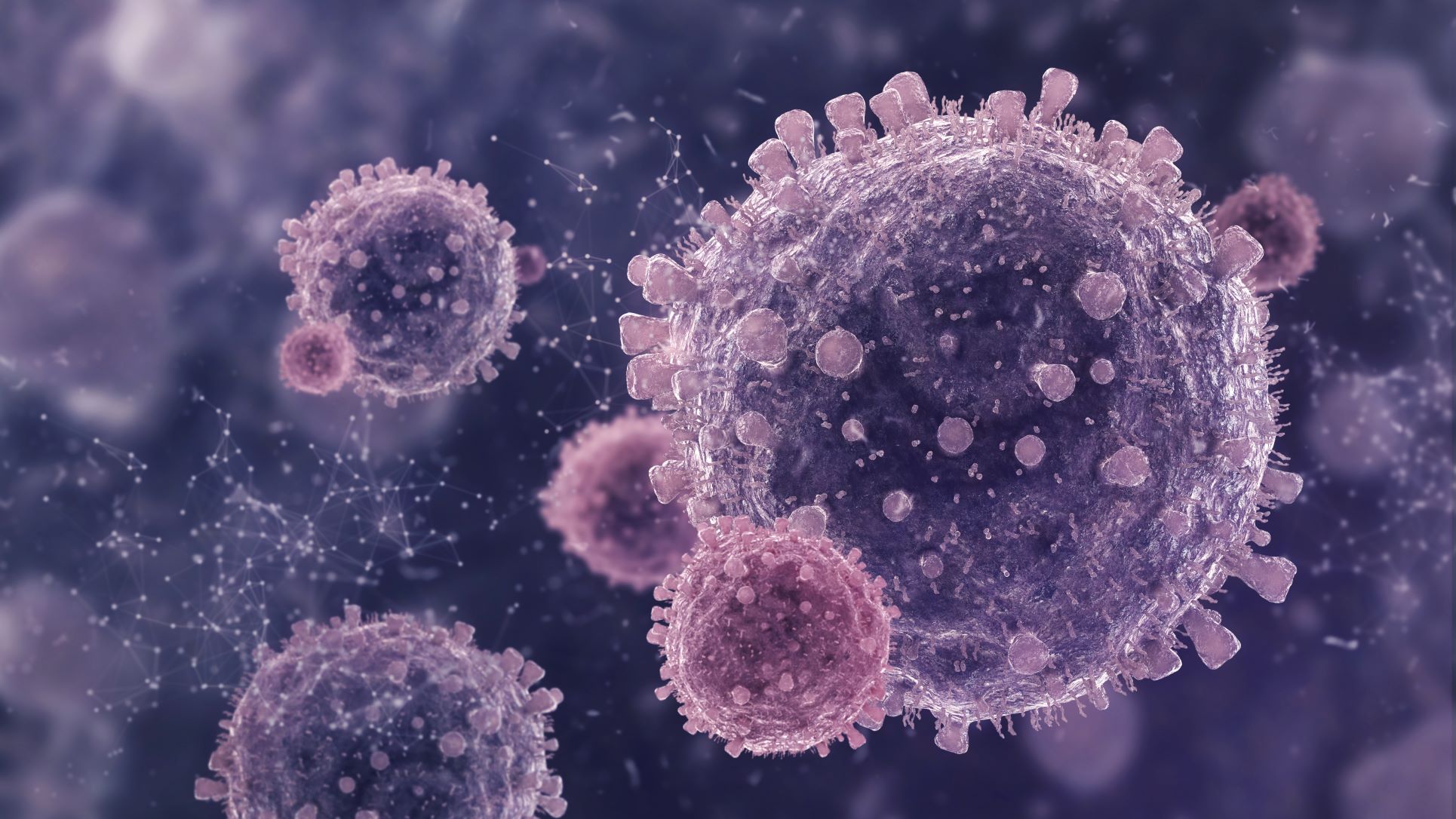Are you searching for a fast, gentle approach to Naïve cell isolation? Learn how pluribeads can help you with untouched naive T cells isolation.
If you’ve ever studied the immune system, you’ve probably come across naive cells. The immune system’s naive T and B cells are important components of the ongoing process that allows lymphocytes to fight bacteria, infections, and diseases.
You may need to isolate a naive T cell or naive B cell population from the rest of the cells in a biological sample as part of your research. Traditional cell separation technologies, unfortunately, have a number of drawbacks—expensive equipment, long sorting times, and low recovery rates are just a few of the issues you may face.
Pluribead technology, fortunately, is a new way to separate cells. You’re in luck if you’re looking for a quick and painless way to isolate cells.
Pluribeads will be discussed further at the end, but for now, let’s get down to the nitty-gritty of nave cells.
The primary lymphoid organs are where lymphocytes mature (specifically, T cells mature in the thymus and B cells mature in the bone marrow). These cells are known as naive cells until they encounter and recognize an antigen-presenting cell (APC) and differentiate into effector cells.
The lymphatic system and the blood constantly exchange naive cells. They come into contact with thousands of APCs during this process, but if their cell receptors don’t recognize any of the antigens, they reenter the bloodstream and repeat the process. The naive cells become activated when they come into contact with the appropriate antigen.
The study of naive cells is a critical component of immunological research, particularly in the areas of infectious diseases and cancer.
Naïve T Cells
A naive T cell is a mature T cell that has been released by the thymus but has not yet encountered its antigen. To put it another way, naive T cells are in the stage of development between maturation and activation.
Each naive T cell has its own T cell receptor (TCR), which recognizes a particular antigen. The activation process begins when they come across the APC that is specific to their TCR.
Memory T cells are also released directly from the thymus after maturation, but they recognize and respond to antigens that have previously been encountered by the immune system. In contrast, naive T cells recognize antigens that the immune system has never seen before, triggering an immune response and allowing the body to react to unknown pathogens, bacteria, and infections. Memory T cells and naive T cells work together to prepare the immune system for both known and unknown antigens.
Naïve B Cells
A naive B cell is a matured B cell that has entered the bloodstream but has not yet been exposed to the APC that targets its B cell receptor (BCR).
Like naive T cells, naive B cells travel through the lymphatic system until they either become memory B cells or come into contact with the appropriate antigen, at which point they begin the activation process. B cells with memories can live for decades but activated naive cells can only survive for a short time without the help of T cells.
How Are Naïve Cells Activated?
When their cell receptors encounter the appropriate APC, naive B and T cells are activated in secondary lymphoid organs such as the spleen, lymph nodes, tonsils, Peyer’s patches, and other mucosal tissues.
Naive lymphocytes receive three types of signals when they recognize an antigen: an antigen signal via the TCR or BCR, a co-simulatory signal, and a cytokine signal.
A naive cell differentiates into an effector cell when it receives all three signals. T cells differentiate into various effector T cell subsets, such as CD8+ T cells (killer cells) or CD4+ T cells, and naive B cells differentiate into plasma cells that secrete antibodies (helper cells). A naive cell is rendered anergic if it only receives the first signal—the TCR or BCR recognizes an antigen but does not receive a co-stimulatory or cytokine signal.
What Is the Most Effective Method for Isolating Nave Cells?
If you’re looking for the most effective way to separate naive cells from other, unwanted cell populations in a heterogeneous sample, Pluribead technology is the way to go.
Traditional cell enrichment methods such as magnetic-activated cell sorting have been replaced by our Pluribead technology (MACS). Isolating cell populations through this technology has numerous advantages: You don’t need any extra equipment (no magnets, no columns), the entire process takes place in one container—any container—from beginning to end, and you save time and money without sacrificing cell viability or purity.
How do Pluribeads work?
The flow-through is free of antibody-bound beads and can be used to enrich positive or negative cells even further. The cell enrichment with pluriBead can be performed without the need for whole blood preparation. When cells are isolated directly from whole blood, the contamination with unbound cells, particularly platelets or erythrocytes, is very low. Positive separation is faster, less expensive, and produces higher purity.
Read More: What is Buffy Coat in Blood? Buffy Coat Preparation and Buffy Coat Cell Extraction
PluriBead cell isolation binds via specific antibodies directly to the cells of interest. The targeting antibody will “touch” the cells. After isolation by using pluristrainers, with a mesh size smaller than the pluribeads, the target cells can be detached from the beads by separating between the pluribead and the antibody. The antibody is still present on the cell membrane.
Key features of Pluribead
- Whole blood, buffy coat, PBMC, secretion/excretion material, brain homogenate, spleen, liver, and other sample materials can all be used.
- High Range of Species: Isolate from mouse, rat, bovine, human, canine, sheep, and more
- Fast Isolation: Starting from 5 minutes
- Isolation with Care: A high yield of viable cells reduces the number of samples required.
- Universal pluriBeads: For use with any secondary antibody generated in different species.
- Simultaneous Cell Isolation with pluriBead Cascade
- Separate two different cell types from the same sample material at the same time.
- Sequential Cell isolation: Isolate up to six different targets from one sample
- There are two different bead sizes to choose from: The first one is S-pluriBead which is recommended for a small number of targets in a large sample volume (e.g. CTC). M-pluriBead, on the other hand, is recommended for a large number of targets in small materials (e.g. buffy coat)
- Suitable for all kinds of targets: Cell culture, Proteins, Viruses, Whole blood, Bacteria, RNA / DNA
Try Our Cell Separation Products Today
Are you ready to give Pluribeads a try? Check out our cell separation products to find the best fit for your project.
Reference:
Science Direct
Astro
 English
English French
French
 German
German
 Spanish
Spanish
 Belgium
Belgium
 Italian
Italian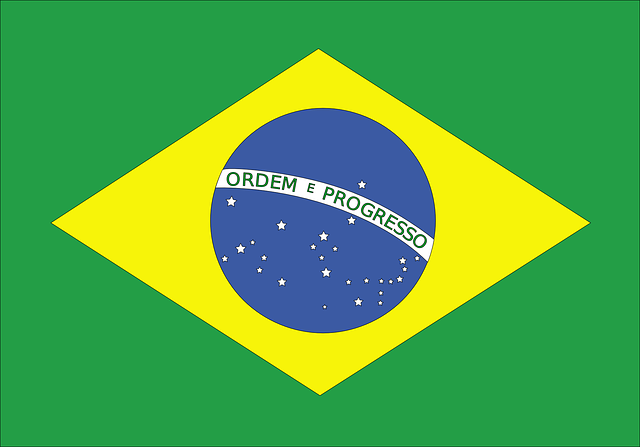 Brazil
Brazil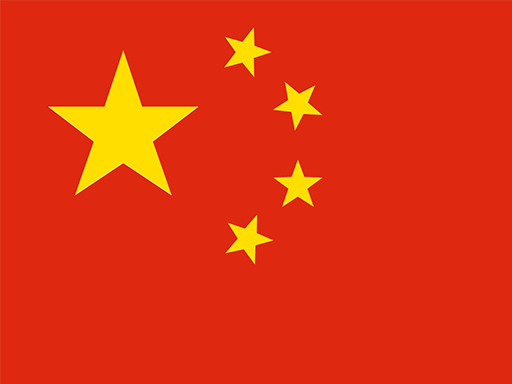 Chinese Mandarin
Chinese Mandarin
